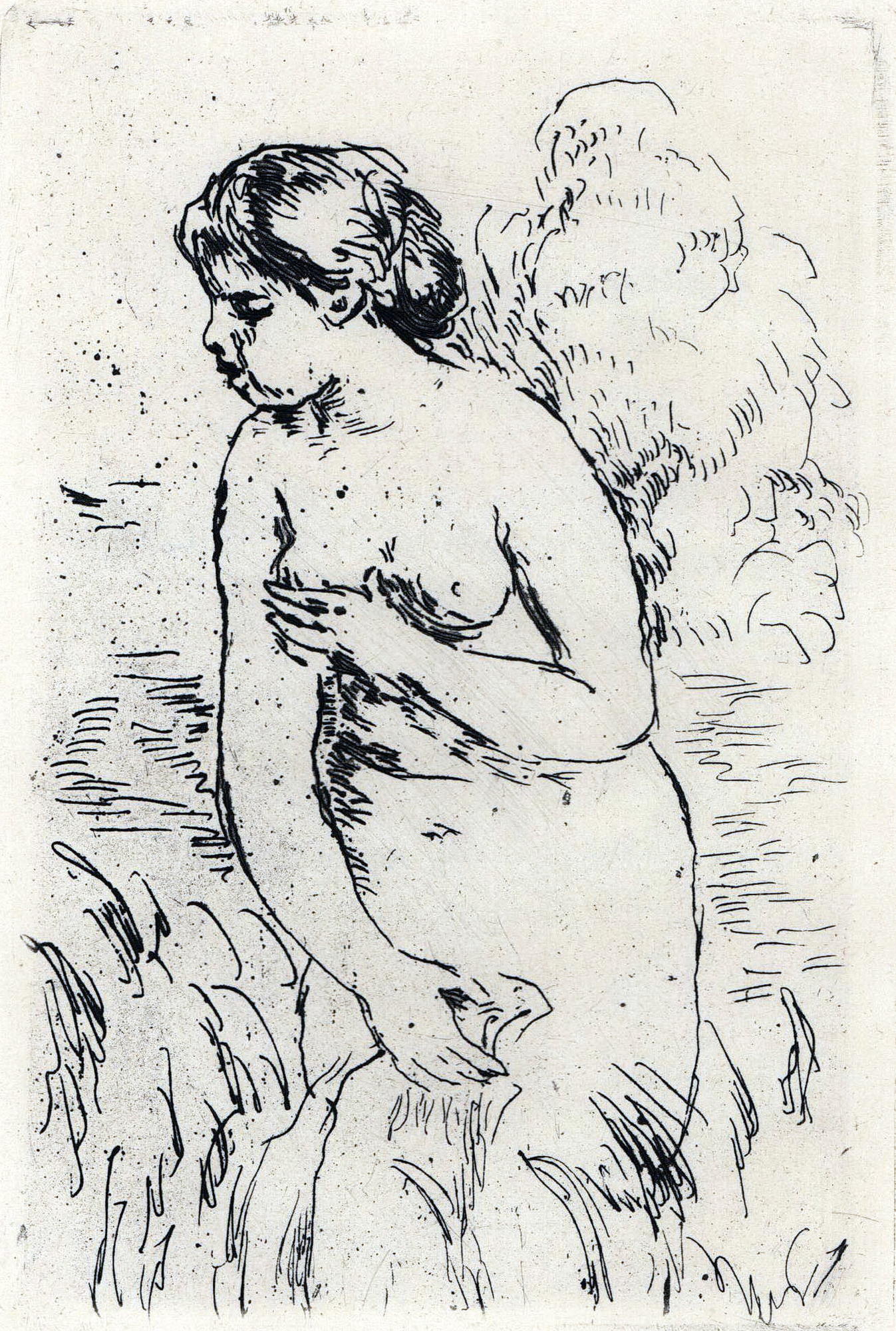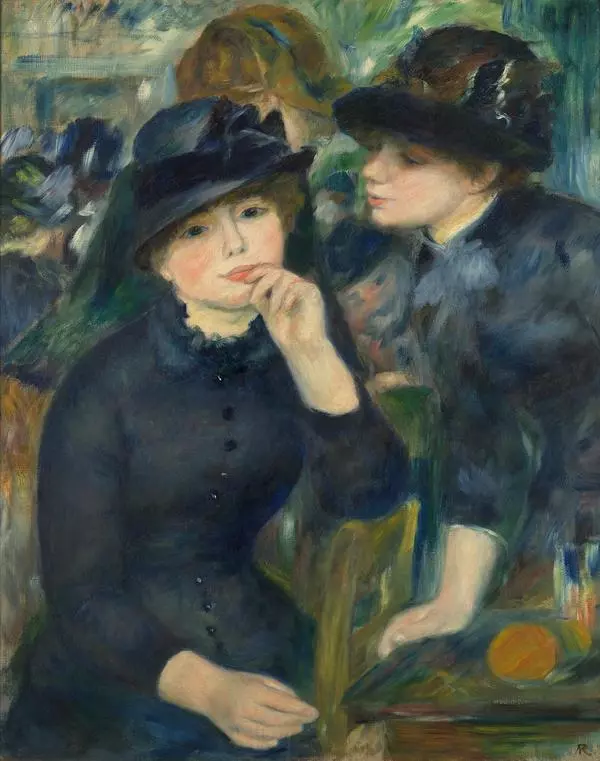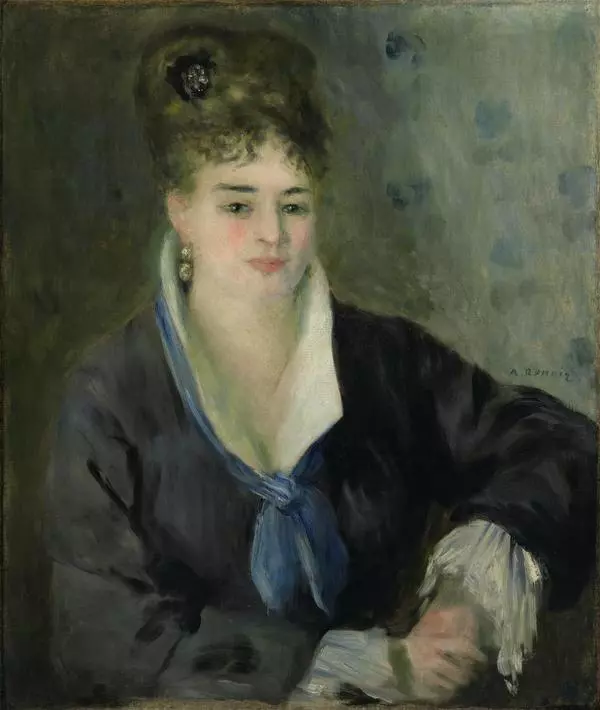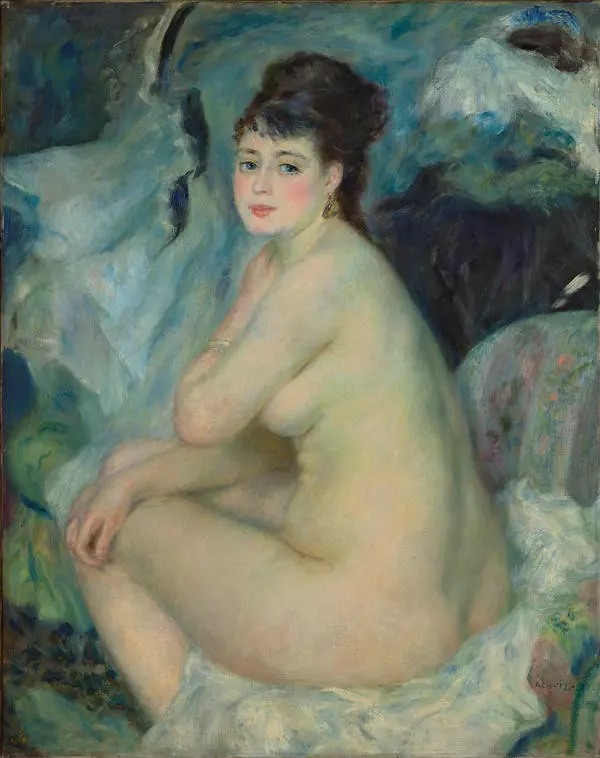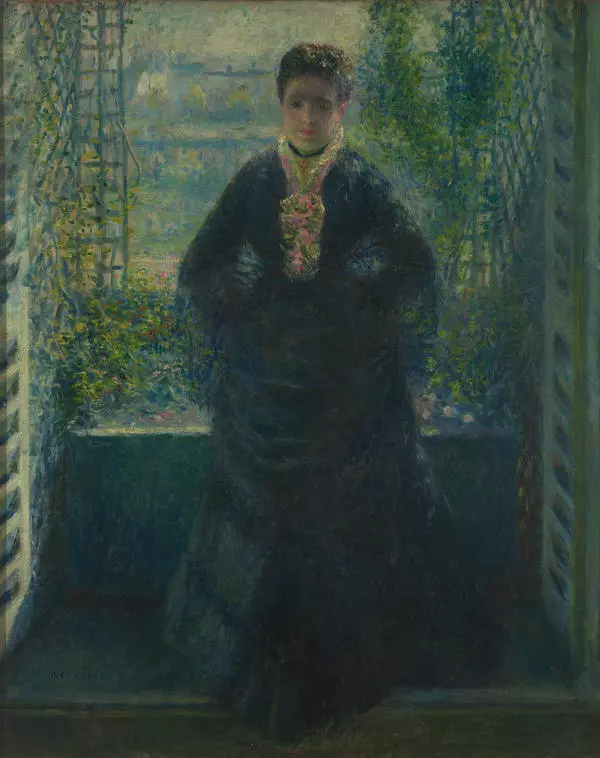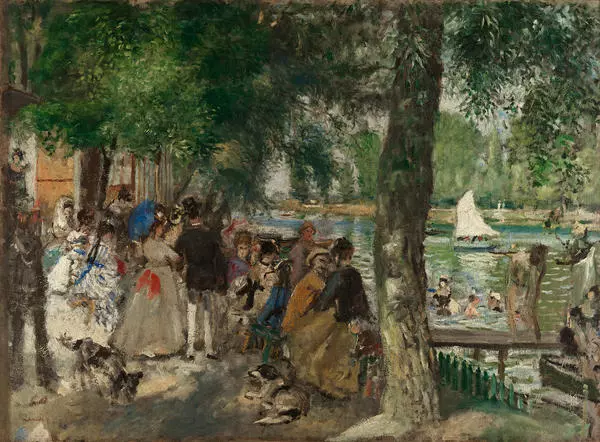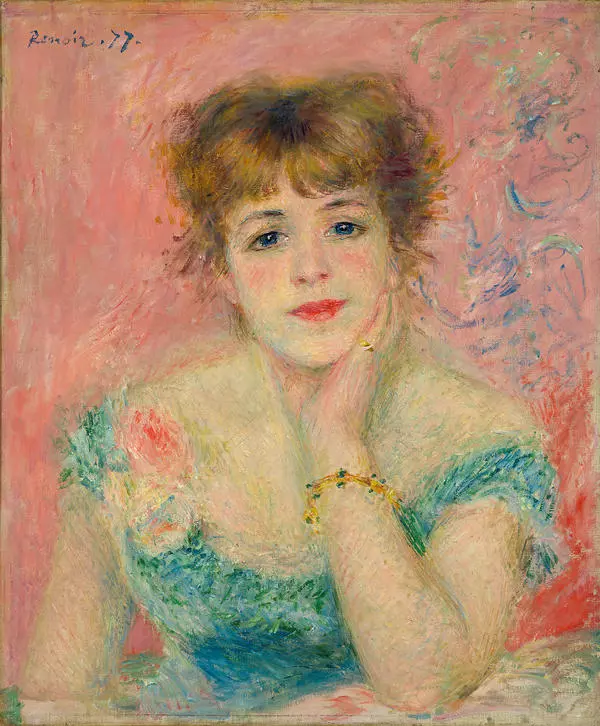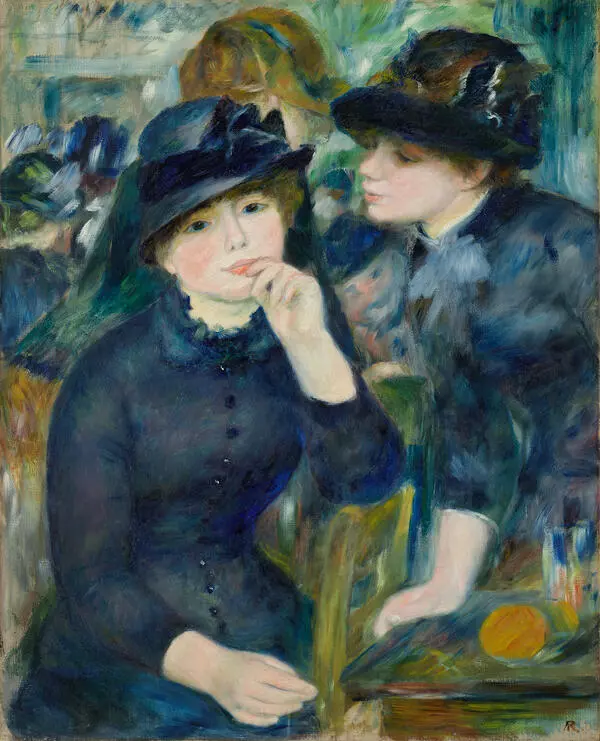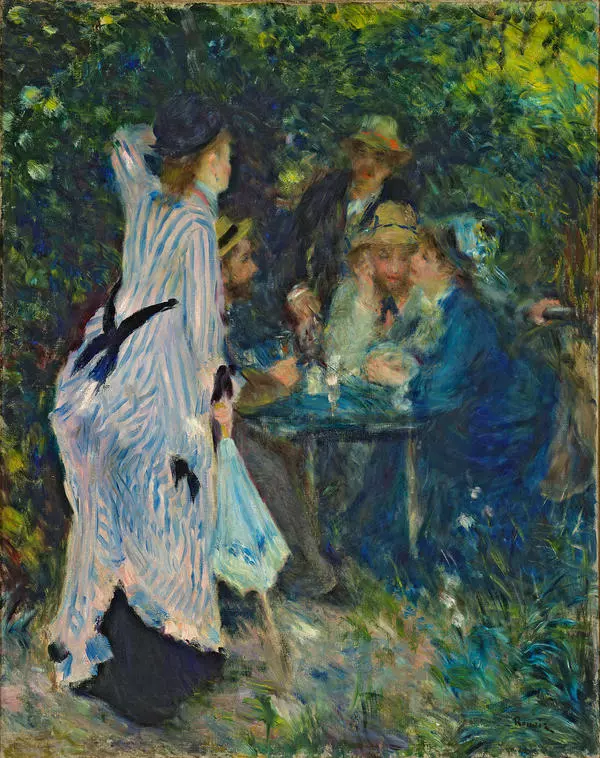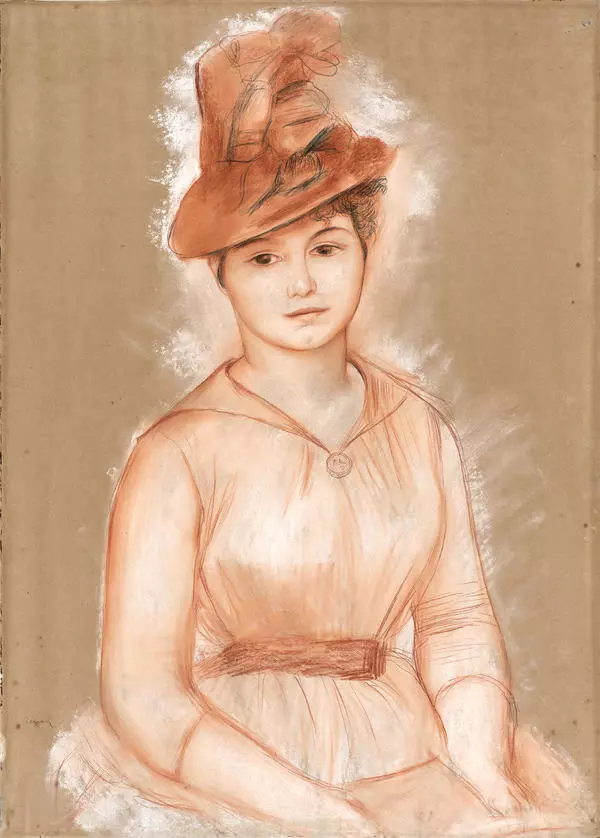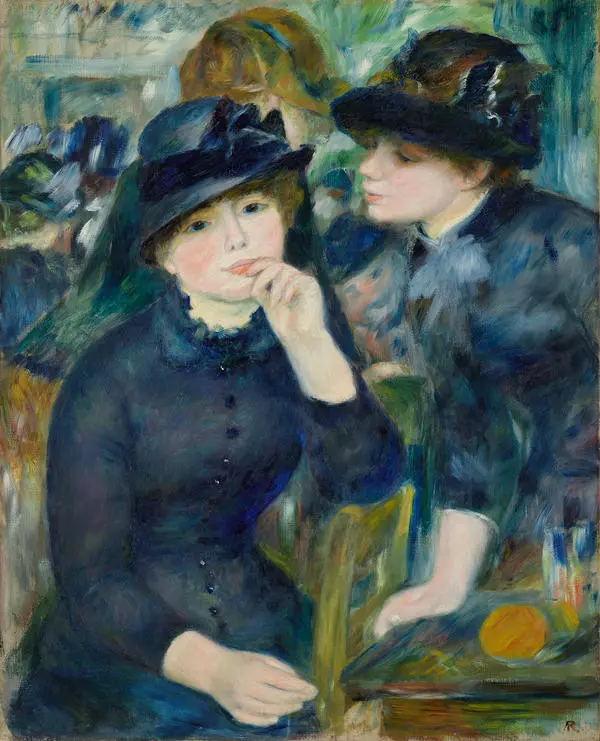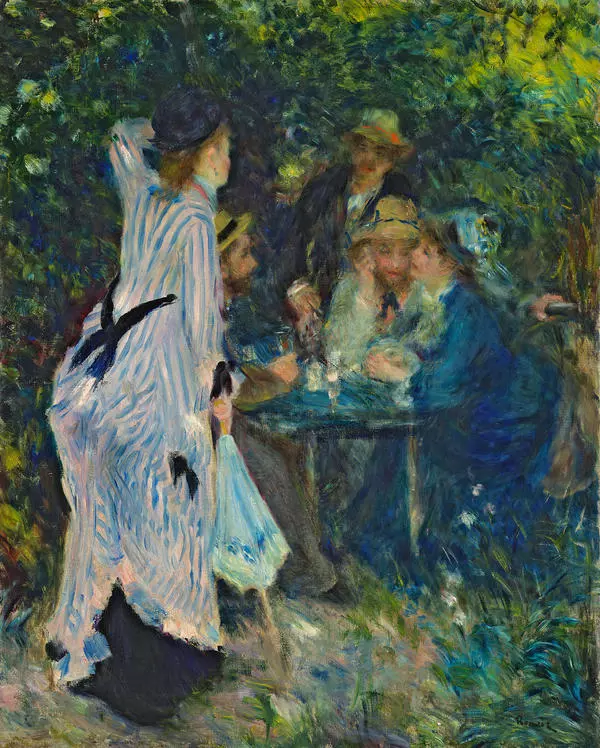It was on rare occasions that painter Pierre Auguste Renoir resorted to graphics. In total, he created about 50 etchings and lithographs, both black-and-white and colour ones, which mostly repeated the subjects of his own paintings. The idea to try his hand at graphics was prompted to the impressionist by Ambroise Vollard, a publisher and art dealer.
A Bather
Время создания
circa 1910
Размер
33,2x25,5 cm
plate: 33.2x25.5 cm; image: 16.4x11
plate: 33.2x25.5 cm; image: 16.4x11
Техника
paper, etching
Коллекция
#1
Pierre Auguste Renoir
A Bather
#2
#5
Renoir considered etching to be a ‘heavy’ technique, but nevertheless, he decided to explore it creating his ‘Bather’ in 1910. When using this technique, the artist smoothed out and coated the metal plate on the both sides either with acid-resistant varnish or wax. He then scratched out the drawing using needles and immersed the plate in acid, which ate into the exposed metal. The longer the artist etched the plate, the deeper the etchings on it were and, respectively, the darker the lines on the prints.
If the artist needed a darker print, he applied varnish or wax to the lighter areas and etched the plate again. Once the surface was ready, he rubbed paint into the etchings using a cotton pad, removed excess paint and cleaned the metal with a starched cloth. Then he put the plate on the press with the drawing up, covered it with a wet sheet of paper and felt. The machine squeezed the paint out of the plate etchings onto the sheet producing a print.
#8
Both in his graphic works and in his paintings, Renoir often combined nudes with historical or myth-based subjects. Many of Renoir’s bathers created in his earlier and later years invoke the popular mythological story of Syrinx. It is the name of a beautiful nymph, a follower of Artemis, who was known for her chastity. She was pursued by heroes and satyrs, and one day she met Pan, the god of forests. Burning with desire for her, Pan started chasing Syrinx. She ran to river Ladon and begged her naiad sisters to save her honour, and they turned the fugitive into hollow water reeds. They made a melodic and plaintive sound in the wind, and the distraught Pan cut off several reeds to make the world’s first set of pan pipes known as syrinx.
In ‘A Bather’, a 1910 etching, one can recognize the image of Gabriella Renard, Renoir’s favourite model and assistant, and the nanny for his children Pierre, Jean and Claude. The main emphasis is made by the artists on the woman’s arms and breasts — while remaining in the water, she is embarrassingly covering her nude body from prying eyes. The etching’s distinctive detail is the artist’s favourite voluptuous silhouette, S-shaped lines that gave the figure additional dynamics. The landscape in the background and the bather’s timid attempt to cover herself suggest that the bather is nymph Syrinx pictured just a second before she is transformed into water reeds.
#9
Renoir kept painting up until his death. Even when he suffered an attack of paralysis that confined him to a wheelchair, Gabriella put a brush between his fingers. The master’s last large works include ‘Girl with a Mandolin’, ‘Portrait of Adele Besson’ and ‘Bathers’ completed in 1918-1919. On December 3, 1919, Pierre Auguste Renoir died of pneumonia at his house in Cagnes-sur-Mer in France.
#10
Irbit State Museum of Fine Arts (SMFA)
читать дальшескрыть
00:00
00:00
1x
A Bather
Время создания
circa 1910
Размер
33,2x25,5 cm
plate: 33.2x25.5 cm; image: 16.4x11
plate: 33.2x25.5 cm; image: 16.4x11
Техника
paper, etching
Коллекция
Открыть в приложении
Поделиться
